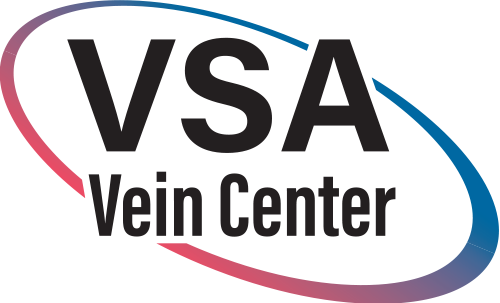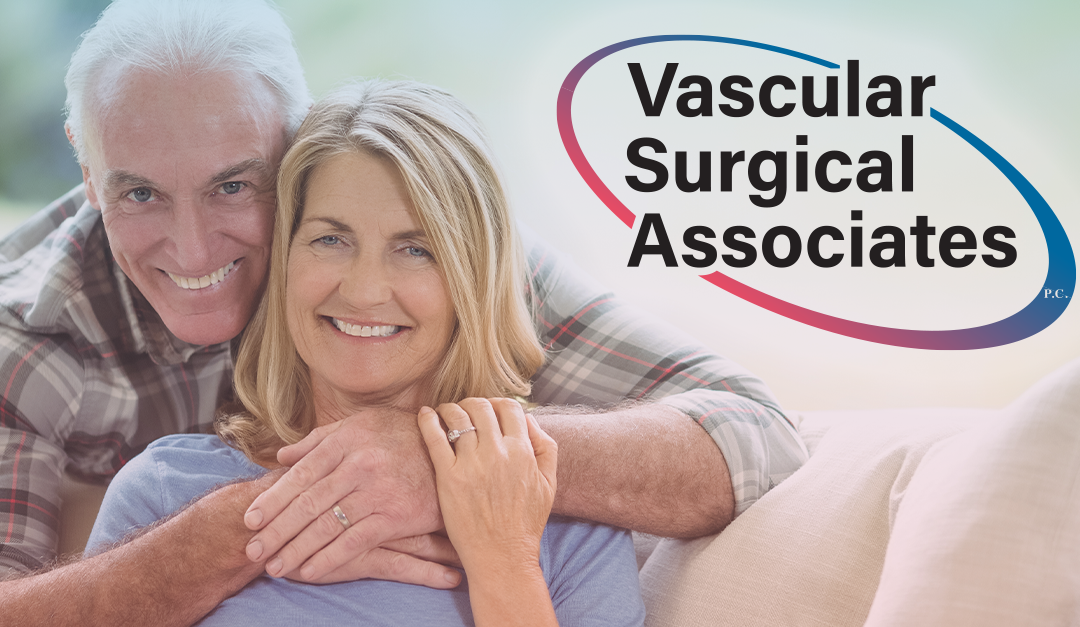Many people have asked this, as it is a legitimate question to ask. When you see varicose or spider veins your first thoughts might wonder whether or not they’re permanent, what they are, and whether or not they can be removed.
The answers can be different for different people, as every patient is unique. Varicose veins are permanent. But much like other things that claim to be permanent, they can be reduced or completely removed. This outcome depends on the patient’s physiology, the length of time the varicose veins have been there, and how frequently and consistently treatments are.
The Facts
As far as what varicose veins are, that’s a pretty nailed-down set of facts. Varicose veins are veins that are swollen, twisted, and can be seen beneath the surface of the skin. Typically, they occur in the legs, but they can form on many different parts of the body and for different reasons. Though a normal condition that doesn’t typically require attention, there are some symptoms that include moderate pain, skin ulcers, blood clots, and other problems.
To help the veins in your body pump blood in one direction, they are equipped with valves that are one-way. These valves or flaps essentially stop blood from flowing away from your heart. When the valves get damaged or weakened, blood backs up and pools in your veins. This is what creates varicose veins that you’re able to see through the skin.
What Do Varicose Veins Mean for Me?
Typically, varicose veins are benign and don’t cause any type of medical problems. However, if your legs feel heavy often, or you feel pain in the areas around your varicose veins, you may need to be seen for diagnosis and treatment of your varicose veins. Many times, veins are treated not just to make them feel better but to make them look better.
There are various medical procedures that can assist with the discomfort and unsightly look of varicose and spider veins. Over 30 million Americans struggle with varicose veins, or the more serious form called chronic venous insufficiency, and less than 7% of them actually do anything to treat the condition.
If the condition persists, it could lead to more serious complications. That’s why taking care of varicose veins while they’re still small can make a huge difference down the road. When varicose veins lead to chronic venous insufficiency, the side effects can be somewhat severe. Ranging from visible ulcers on the affected area to nighttime leg cramps, and sometimes, even to blood clots.
What Are the Potential Causes of Varicose Veins?
Though heredity has something to do with the appearance and prevalence of varicose veins, oftentimes they are formed from people with conditions such as pregnancy, obesity, menopause, age, leg injuries, and repeated long sitting or standing.
There are quite a few treatments that modern medicine has allowed to treat varicose veins and reduce the pain, discomfort, or look of varicose veins. The different methods of treatment today can vary. Some involve lasers, some may require small injections, while others may include invasive or non-invasive treatment. The treatments offered by The Vein Specialists of NW Georgia include:
- Closurefast targeted endovenous thermal ablation
- Venaseal non-tumescent, non-thermal therapy
- Micro ambulatory phlebectomy
These treatments are minimally invasive and don’t take up a lot of time and are outpatient appointments. So you can still live your life and get reduce the look of varicose veins without inconveniencing yourself.





